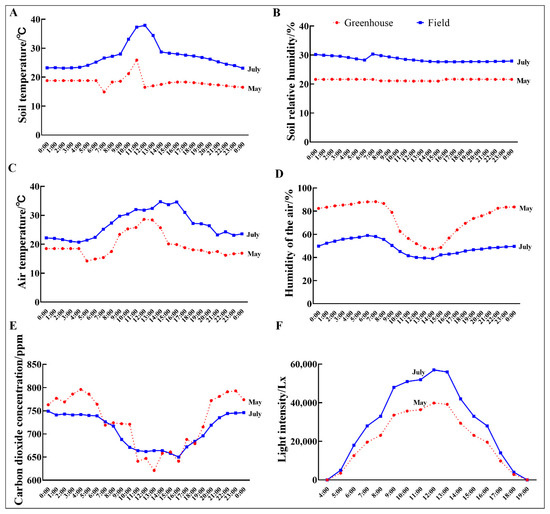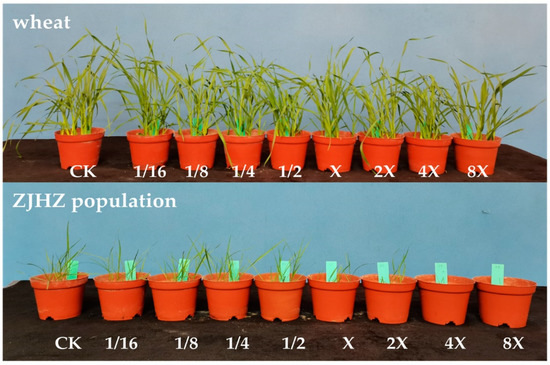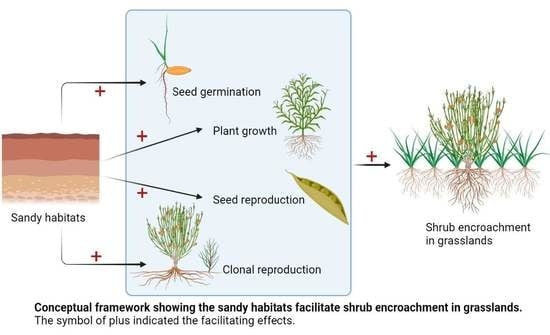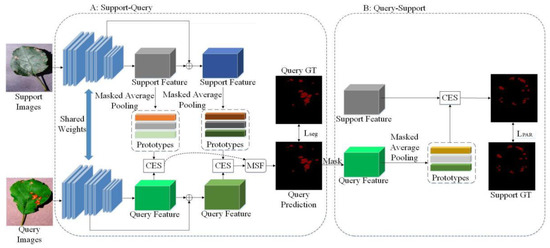Agronomy 2022, 12(11), 2647; https://doi.org/10.3390/agronomy12112647 - 27 Oct 2022
Cited by 4 | Viewed by 2205
Abstract
Leaf size is a crucial trait in eggplant breeding, as it influences photosynthesis, plant biomass and management. However, little is known about the molecular mechanism regulating leaf size in eggplant. This study reports a small leaf mutant (slf) generated with the
[...] Read more.
Leaf size is a crucial trait in eggplant breeding, as it influences photosynthesis, plant biomass and management. However, little is known about the molecular mechanism regulating leaf size in eggplant. This study reports a small leaf mutant (slf) generated with the mutagen ethyl methane sulfonate (EMS). The slf mutant showed restricted cell proliferation and an increased content of auxin. Transcriptome analysis revealed that several genes involved in auxin signaling are upregulated in slf. Exogenous application of auxinole, an auxin antagonist of TIR1/AFB receptors, repressed the expression of these genes and restored leaf growth of slf, suggesting that the small leaf size of slf is likely associated with auxin signaling. This study provides essential clues to unveil the molecular mechanism of leaf size regulation in eggplant.
Full article
(This article belongs to the Special Issue Cultivation Physiology, Molecular Biology and Molecular Breeding of Solanaceae)
►
Show Figures














